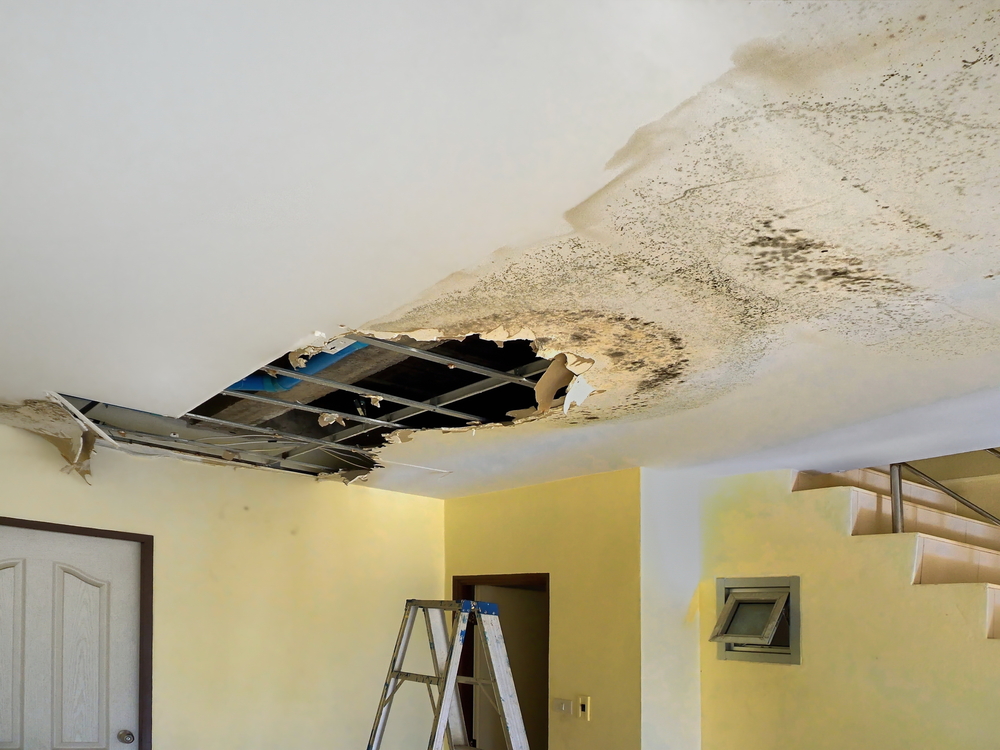6 Ways to Discover Surprise Water Leakages in Your Home
6 Ways to Discover Surprise Water Leakages in Your Home
Blog Article
This post down below involving Detecting hidden plumbing leaks is seriously enlightening. Don't miss out on it.

Early detection of dripping water lines can minimize a prospective disaster. Apart from conserving you cash, it will certainly lessen the aggravation and aggravation. The moment you locate a leak, calling your plumber for repairs is the best option. Some tiny water leakages might not be noticeable. Here are some hacks that aid if you can not discover it with your naked eyes.
1. Examine the Water Meter
Every residence has a water meter. Checking it is a proven way that aids you uncover leaks. For beginners, turn off all the water resources. Guarantee no person will purge, use the tap, shower, run the washing maker or dishwasher. From there, most likely to the meter and watch if it will transform. Since nobody is using it, there need to be no movements. That shows a fast-moving leakage if it moves. If you detect no modifications, wait a hr or two as well as inspect back once more. This implies you might have a slow leak that might also be underground.
2. Examine Water Intake
If you identify abrupt adjustments, in spite of your consumption being the exact same, it indicates that you have leakages in your plumbing system. A sudden spike in your costs indicates a fast-moving leakage.
Meanwhile, a constant rise on a monthly basis, despite having the very same habits, shows you have a sluggish leak that's likewise slowly intensifying. Call a plumber to thoroughly inspect your residential property, specifically if you really feel a warm location on your floor with piping below.
3. Do a Food Coloring Test
When it comes to water intake, 30% comes from bathrooms. If the color in some way infiltrates your dish throughout that time without flushing, there's a leakage in between the container and also bowl.
4. Asses Exterior Lines
Don't forget to examine your outdoor water lines also. Must water leak out of the connection, you have a loose rubber gasket. One little leak can squander loads of water and increase your water bill.
5. Evaluate the scenario and also examine
Homeowners should make it a behavior to examine under the sink counters as well as even inside cabinets for any kind of bad odor or mold growth. These two red flags suggest a leak so timely focus is required. Doing routine inspections, also bi-annually, can save you from a major trouble.
Examine for discolorations as well as compromising as the majority of pipelines and devices have a life span. If you think leaking water lines in your plumbing system, do not wait for it to intensify.
Early detection of leaking water lines can minimize a prospective calamity. Some small water leaks might not be visible. Inspecting it is a surefire means that aids you uncover leaks. One tiny leakage can lose lots of water and increase your water expense.
If you presume leaking water lines in your plumbing system, do not wait for it to intensify.
WARNING SIGNS OF WATER LEAKAGE BEHIND THE WALL
PERSISTENT MUSTY ODORS
As water slowly drips from a leaky pipe inside the wall, flooring and sheetrock stay damp and develop an odor similar to wet cardboard. It generates a musty smell that can help you find hidden leaks.
MOLD IN UNUSUAL AREAS
Mold usually grows in wet areas like kitchens, baths and laundry rooms. If you spot the stuff on walls or baseboards in other rooms of the house, it’s a good indicator of undetected water leaks.
STAINS THAT GROW
When mold thrives around a leaky pipe, it sometimes takes hold on the inside surface of the affected wall. A growing stain on otherwise clean sheetrock is often your sign of a hidden plumbing problem.
PEELING OR BUBBLING WALLPAPER / PAINT
This clue is easy to miss in rooms that don’t get much use. When you see wallpaper separating along seams or paint bubbling or flaking off the wall, blame sheetrock that stays wet because of an undetected leak.
BUCKLED CEILINGS AND STAINED FLOORS
If ceilings or floors in bathrooms, kitchens or laundry areas develop structural problems, don’t rule out constant damp inside the walls. Wet sheetrock can affect adjacent framing, flooring and ceilings.
https://www.servicemasterbyzaba.com/blog/how-to-detect-water-leakage-in-walls/

I'm just very taken with Hacks to detect leaks and I hope you enjoyed reading my entry. Do you know somebody else who is excited about the niche? Take a moment to promote it. Thanks a lot for going through it.
Report this page